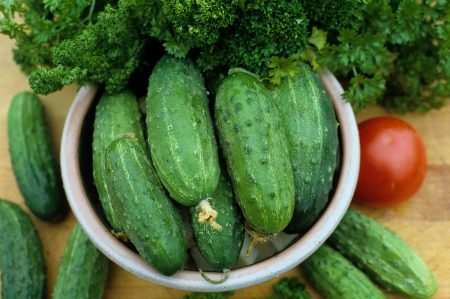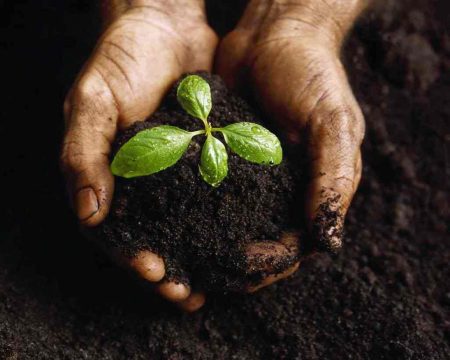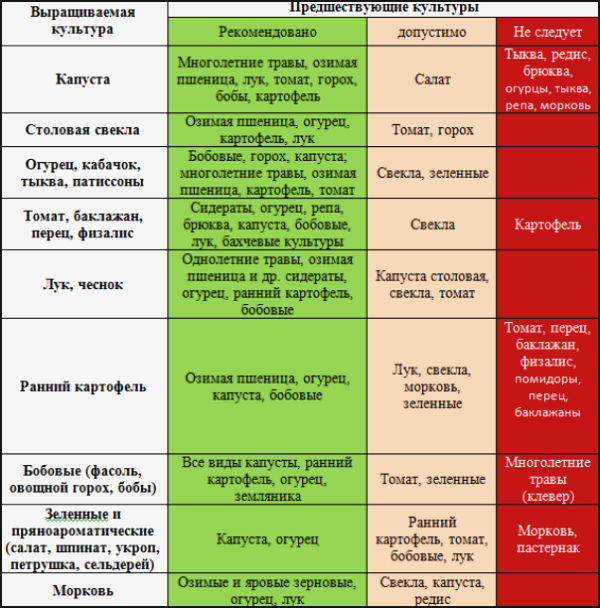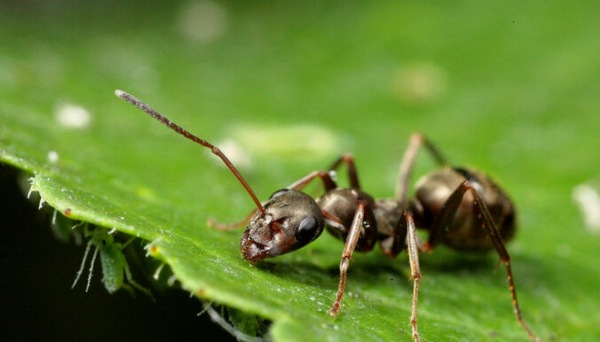 As you know, cucumbers are considered one of the rather capricious cultures. Therefore, before they are planted in beds, the soil is carefully prepared, enriching it with mineral fertilizers, manure, compost and so on. Today, without such preparation, it is unlikely that it will be possible to collect a decent crop.
As you know, cucumbers are considered one of the rather capricious cultures. Therefore, before they are planted in beds, the soil is carefully prepared, enriching it with mineral fertilizers, manure, compost and so on. Today, without such preparation, it is unlikely that it will be possible to collect a decent crop.
Each gardener should know what to plant after the cucumbers next year in the garden. After all, as you know, one should not plant culture in the same place again because, as a rule, a good harvest will not work. Moreover, it is not uncommon for plants to become diseased and may even die.
Experienced agronomists agree that if planting the same plant in one place occurs, the yield is significantly reduced. The same conclusion was made by many summer residents, noting that the fertility of the crop is reduced to a significant minimum.
The reasons for this incident is that each culture requires its own specific nutrition. The soil is not capable of providing the same plant species annually. That is, the earth needs rest and proper restoration, otherwise a positive result can not be expected.
After all, it is clear that the soil is losing its supply of nutrients, giving them to plants. Thanks to this, a good harvest is obtained. And if there is no time for recovery and rest, then the land will be exhausted and will not give proper nutrition to the plant.

It is also not uncommon that pathogenic microbes accumulate in the earth, which affect both the fruits and the roots of the plant. Based on what, the culture either perishes or gives an unfit crop. In addition, you should know that you can not plant cucumbers after tomatoes, because they are absolutely incompatible with each other.
Moreover, tomatoes during growth emit ethylene, which is not acceptable for cucumber culture. Based on what, we can conclude that, for example, tomatoes and cucumbers require a different microclimate. Therefore, before you start planting your garden beds, you should listen to the opinion of experts. Indeed, it is not for nothing that they carry out various observations and studies from year to year, and after that, share their experience.
According to agronomists, rather diverse cultures can be planted after cucumbers. It can be parsley or carrots, as well as beets or turnips. Undoubtedly, legumes, beans, peas and so on are considered to be excellent reductors of soil fertility.
Undoubtedly, some summer residents can not afford to change the soil every year based on the fact that they have small garden plots. Or greenhouse buildings, or maybe some other reasons interfere, fully unfold. Under such circumstances, green plants will be the best helper. They are an excellent fertilizer and are able to quickly and efficiently restore soil fertility.

Moreover, when restoring land, siderates are able to destroy dangerous trace elements. For cucumber crops, it is best to use bean and cereal helpers. They land after harvesting the remains of plants. Maturation occurs about a month and a half, while the land will be absolutely prepared for the next season. After the ripening green "helpers" they mow, and dig the ground. Also, for a good restoration of soil fertility, you can use mulching.
If you properly prepare the soil, as well as observe the compatibility of plants that are planted annually, then you can achieve an excellent result that will delight its owners.Moreover, to date, there is a bunch of auxiliary tools for carrying out these works.
What to plant after the cucumbers learned, now we are studying the issue, what to plant potatoes.




 Do-it-yourself vertical beds for cucumbers: schemes, photos
Do-it-yourself vertical beds for cucumbers: schemes, photos Hollow cucumbers: reasons for the appearance of hollow, what to do
Hollow cucumbers: reasons for the appearance of hollow, what to do Which manure is best for cucumbers: application, how to breed
Which manure is best for cucumbers: application, how to breed How to quickly get rid of ants on beds with cucumbers
How to quickly get rid of ants on beds with cucumbers